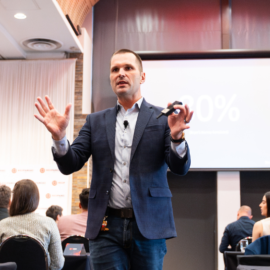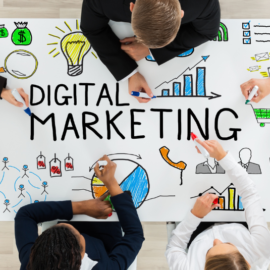In the last decade and a half, the buyer has changed drastically. This shift in the way consumers buy has a dramatic impact on the way businesses need to approach marketing and sales to impact the bottom line. How exactly has the buyer changed, and how does this impact business today?
In this article, we’ll be looking at:
How the Buyer has Changed
With the internet now being the predominant point of research for most buyers there is less of a reliance on the sales or customer service department of a business.
Did you know that on average, today’s buyer has already made 80% of the buying decision BEFORE the first sales call?
Marcus Sheridan, Author of They Ask, You Answer
In the past, the customer journey went something like this:
- Customer speaks to salesperson
- Customer desires product or service
- Customer purchases product or service
In this sort of customer journey, sometimes the customer has some idea of what they want before they speak to the salesperson, but even in these cases, the customer NEEDS to have that chat with the salesperson so that they can become informed and educated to make the right decision for their purchase. This sort of customer journey no longer exists.
Today, a buyer has generally already decided on what they want before they even speak to a salesperson, because they’ve done all their research online already.
How This Shift Impacts Business
If 80% of the buying decision happens before sales even gets a chance to have an impact on the decision, then there must be another department which has an even GREATER impact on the buying decision than sales. The question then becomes, which department is this?
You guessed it – marketing. This is the single department which is responsible for having the most impact on the buying decision, in every industry, for every product and service, and in every single instance.
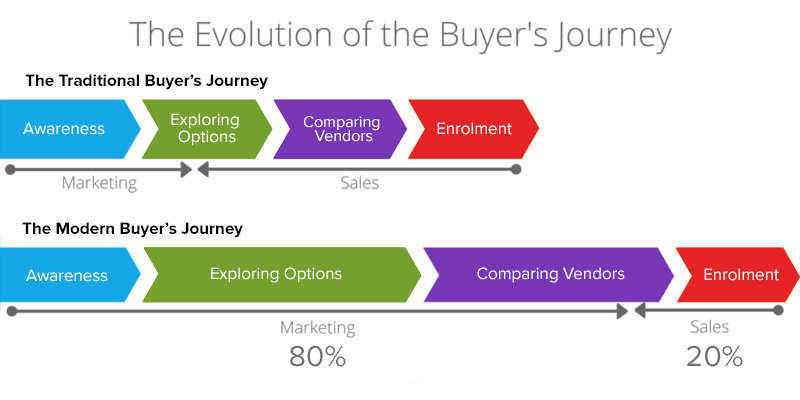
This means that the role that marketing must play in the purchasing cycle is much larger now than ever before. With marketing being a major factor in determining whether a customer purchases, the role of marketing has in impacting the bottom line is significantly more important than ever before.
Unfortunately, some businesses treat marketing as a cost centre when in reality based on what we know about how marketers can impact purchasing decision, marketing needs to be treated as a profit centre.
However, this could not be further from the truth. When something impacts the buying decision to a large degree for your business it becomes an investment, not an expense. it is by nature a driver of revenue.
The question then becomes, what exactly should we be doing when it comes to marketing?
What Can You do About it?
Let’s review what we know so far.
- Buyers make 80% of the buying decision before even talking to a salesperson.
- Marketing is the single most important factor which helps buyers make their buying decision.
- Due to the above two points, marketing becomes an investment in business, as opposed to a cost, because it is a driver of revenue.
With this information, the obvious action step is to focus on utilising marketing to drive revenue growth. However, how exactly can we do this?
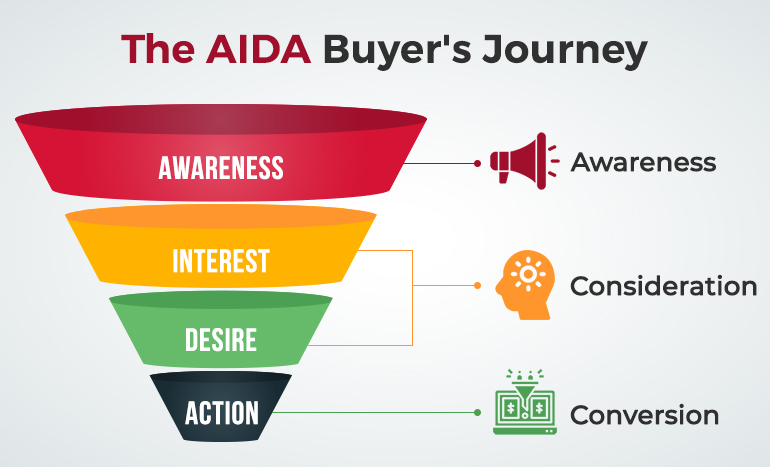
The AIDA marketing funnel is made up of four parts:
- Awareness
- Interest
- Desire
- Action
At each stage of this model, we want to be utilising different tactics in order to move users down the funnel.
In the awareness stage, we want to use a combination of channels to get our brand in front of users. We can use paid social media advertising to do this, paid search, or SEO, among other channels.
Usually, we’ll want to capture users in our system by using a lead magnet or direct-response ads. This is where we offer a free piece of content in exchange for an email address and name (and sometimes other pieces of information, like a phone number).
Once we have the user’s information, it’s all about generating interest and desire from the user. We can do this by utilising email marketing and content marketing. For example, we can utilise webinars to generate interest from users who may then become clients.
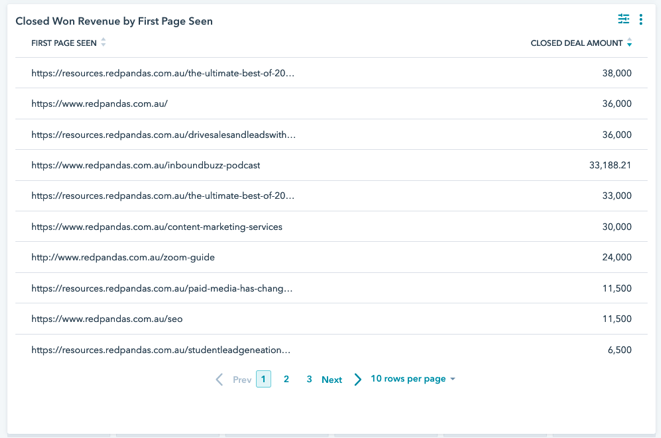
And finally, in the action stage (also called the bottom of funnel), we want our sales team to get in touch with the interested users in order to transform these prospects into customers.
The sales team, now armed with a CRM system, content and alignment with the marketing team is far better positioned to have higher than average conversion rates compared to businesses that don’t have the right fundamentals in place.
What are the right fundamentals? Here’s a good summary of the things you will need in place to ensure this system works well holistically:
- Marketing and sales need to be aligned
- You should be able to see ROI from specific pieces of content
- You will need to produce content every single week
- You will need to write articles that rank and generate leads
- You will need to have full visibility over your sales and marketing activities
- You will need to have a single customer view
Once you have the above in place, you can focus on implementing tactics across each part of the funnel and then optimising those parts as needed to generate success.
So, we know the buyer has changed dramatically in the recent past, and we know that marketing is the key to taking advantage of this shift. And now, we know exactly how we can utilise marketing.
So, what’s next?
If you really want to take sales, marketing and your business in general to the next level, learn more about They Ask, You Answer and how it’s trust-based principles are a future-proof way to help you become the most trusted, dominant player in your industry.
Check out our article on Everything You Need To Know About They Ask, You Answer.



